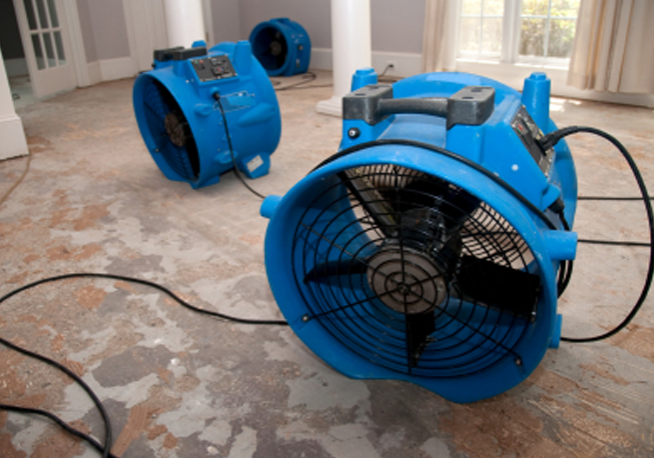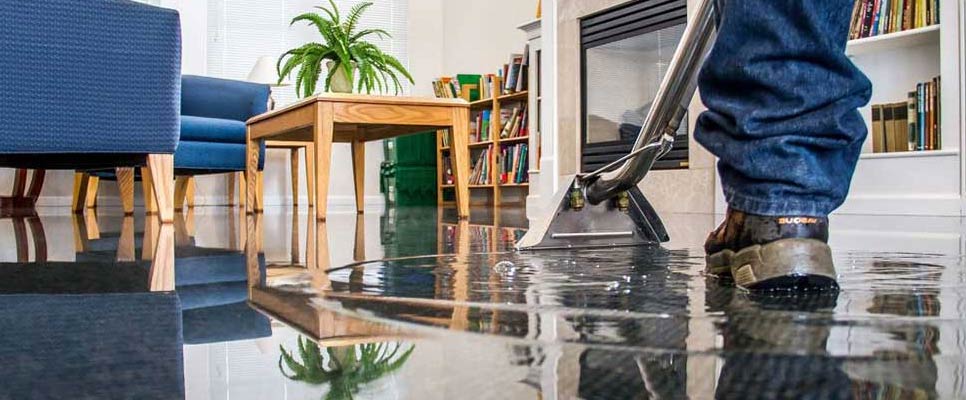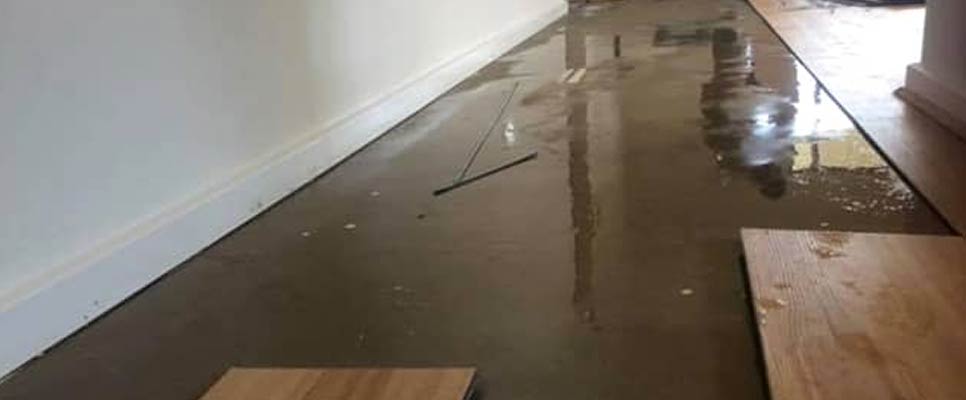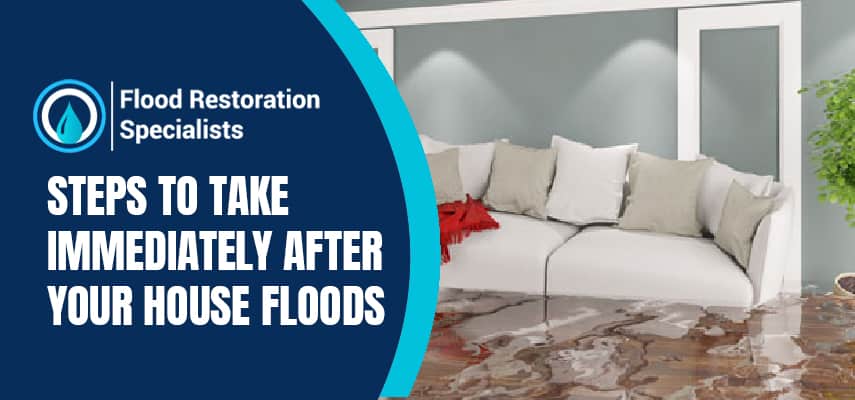Water Damage And Insurance Cover policy is provided to homeowners for sudden and accidental damage. But it doesn’t cover damage in case the homeowner fails to maintain the home in good repair.
Damage covered by the homeowner’s insurance policy:
1. Rain
2. Burst pipe, frozen or faulty plumbing, accidental overflow
3. Damage from fire
4. Roof leakage
5. Overflow of the toilet, and bathtub
6. Mold
When the water supply system fails it results in leaking or bursting pipe. The top reason for the water damage is the failure of the plumbing system. Another cause of flooding and water damage is a drain system failure. So, Water Damage And Insurance Cover toilet failures either from the supply line or water heaters failing or washing machine supply lines.

Insurance Cover Mold Damage
After water damage in your home mold is too common. It’s expensive to get rid of your home from a mold infestation. If there’s a leakage in a pipe and pipes went without repair then the mold is very common to grow and can cause a flood. It won’t be covered by homeowner insurance. Try to keep the home dry, and find leaks immediately to prevent the growth of mold. To reduce moisture and humidity in areas and appliances use fans. Some ideal areas for mold to grow are basements, and bathrooms. Bleaching helps to prevent mold infestation.
Insurance cover rain and flood damage
After water damage caused by rain, you can depend upon the Water Damage And Insurance Cover policy. The coverage depends upon the source of water and how damaged occurred. The insurance is covered if you find a hole top of the roof because of storms and water leaks in valuable space of home. So, There are many policies which don’t cover flood damage.
How to claim for Water Damage And Insurance Cover?
As you know that Water Damage Repair so in case you discover any damage related to water it’s important to contact your insurer as soon as possible. Therefore, take pictures of affected and damaged areas so that you can save them for the future in case mold develops. In case you need urgent repairs before the insurance comes, take pictures and save the receipts of material purchased. When the coverage is too low you can choose a Flood Damage Restoration Melbourne to find the water damage. When you have agreed to the cost of repair the insurer sends you before to begin repairs.
Conclusion
For all-around coverage and home structure, comprehensive home insurance is necessary. If you want to secure your house against floods, it’s best to secure the house. So, Insurance plans always act as a savior for damage caused by water and floods.





